Power strips can help you increase the number of outlets in your home. Regardless of this convenience, however, so that you won’t have to deal with current overloads and serious hazards like electrical fires, here are some appliances to never plug into one.
Space Heaters
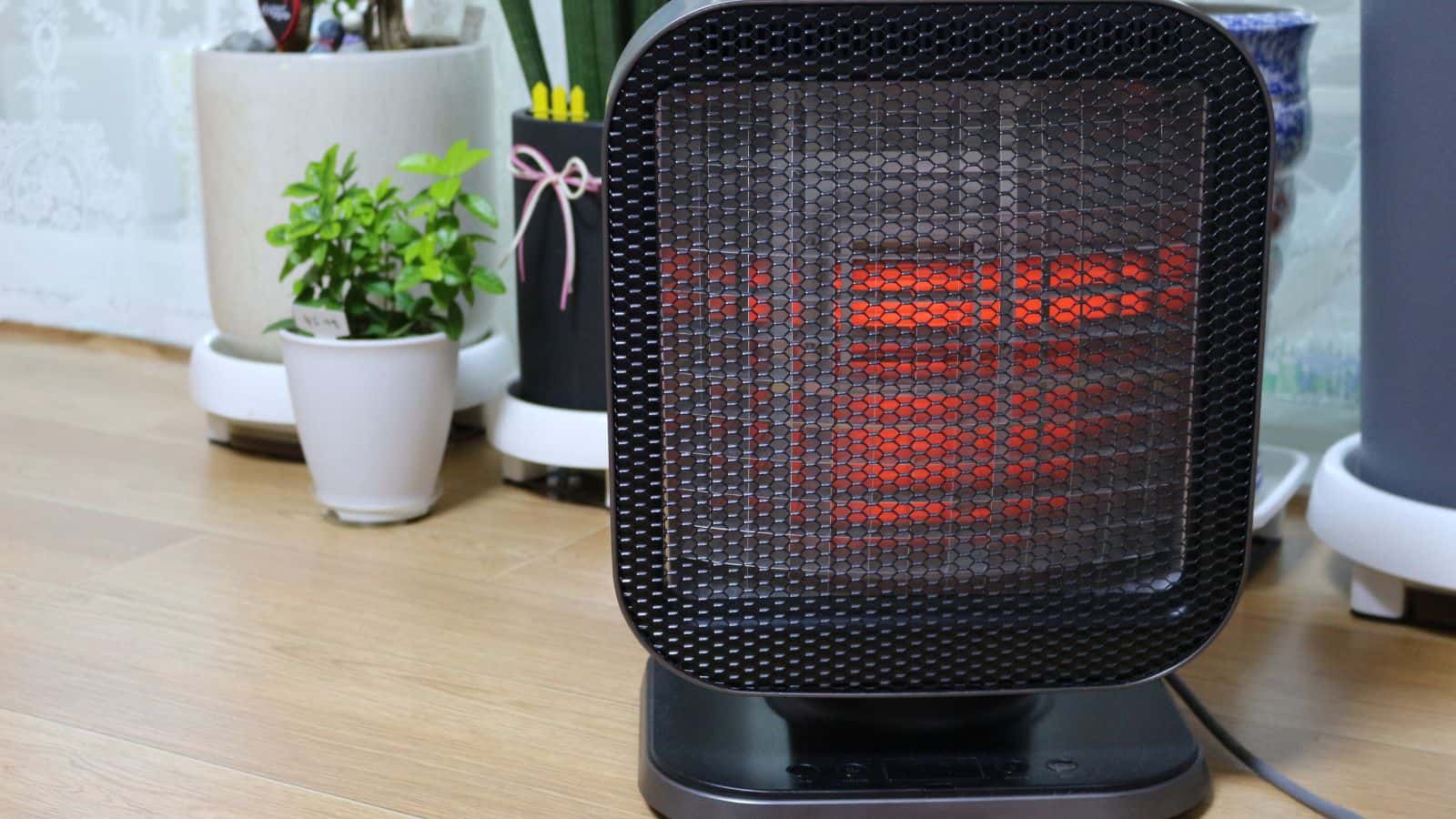
Starting off, you should understand that power strips aren’t built for the amount of current needed for your space heater to work. Space heaters are best plugged directly into a wall outlet, and using them with power strips only overloads the circuit and increases the risk of fire from overheating.
Microwave Ovens
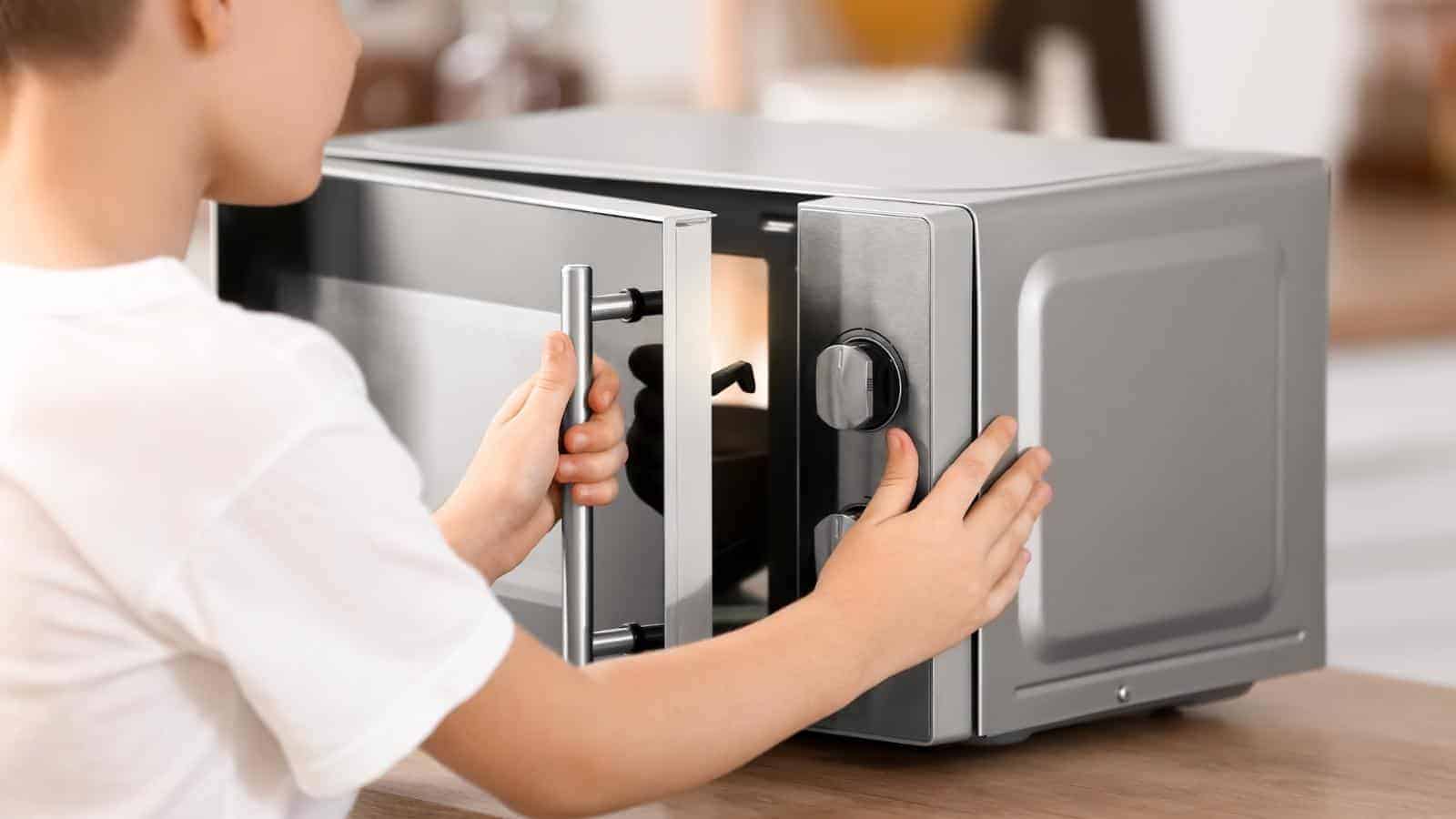
We learn from ABC that microwave ovens also use up a lot of power, and when they’re plugged into a power strip, you expose yourself (and your home) to the risks of a fire outbreak. You’re specifically advised to opt for a dedicated ground-fault circuit interrupter (GFCI) outlet to remain safe.
Air Conditioners

Going across the world, the Government of Massachusetts shares how air conditioners require a stable and substantial power supply to function effectively. Power strips and other extension devices are not equipped to manage such high power demands, and it’s either the air conditioner doesn’t work or you have a risk of power surges to deal with.
Refrigerators

Refrigerators don’t just draw large amounts of current; they also power on and off repeatedly, which places even more load on the power strip. To prevent your foods and drinks from spoiling, like many other appliances on our list, it’s always best to dedicate a wall outlet for them.
Coffee Makers

Coffee makers aren’t power-friendly, and plugging them into a power strip can overload the circuit, leading to overheating. For safety, especially when dealing with coffee makers with built-in grinders or heating elements, always use a wall outlet equipped with a surge protector.
Hair Dryers
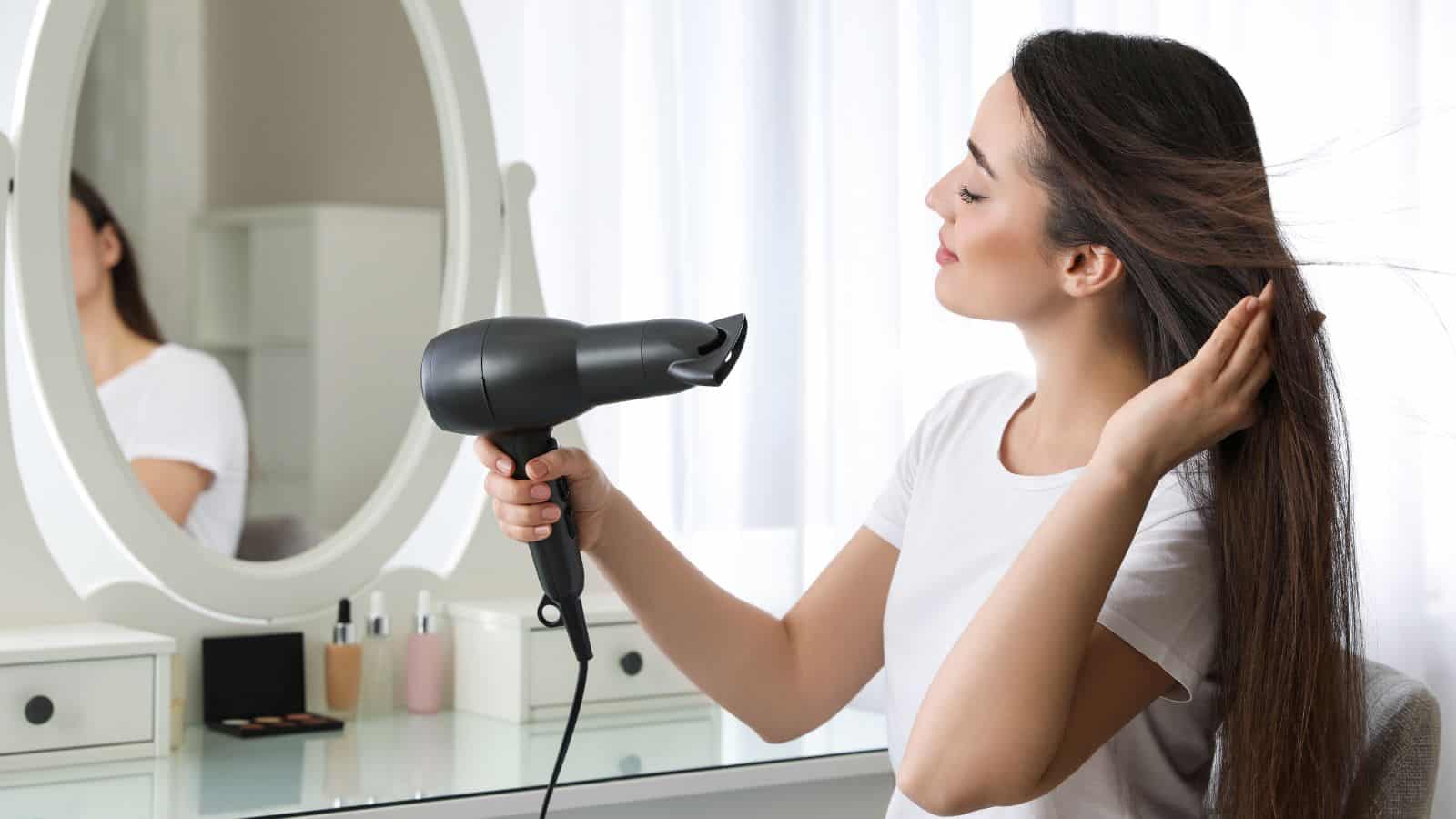
Hair dryers work with a high-power compressor. Hence, they need a lot of power to produce the heat and airflow needed to perform their function as intended. Power strips only come with an unreliable electricity supply, make the entire process inefficient, and may even damage your dryer due to overheating.
Sump Pumps
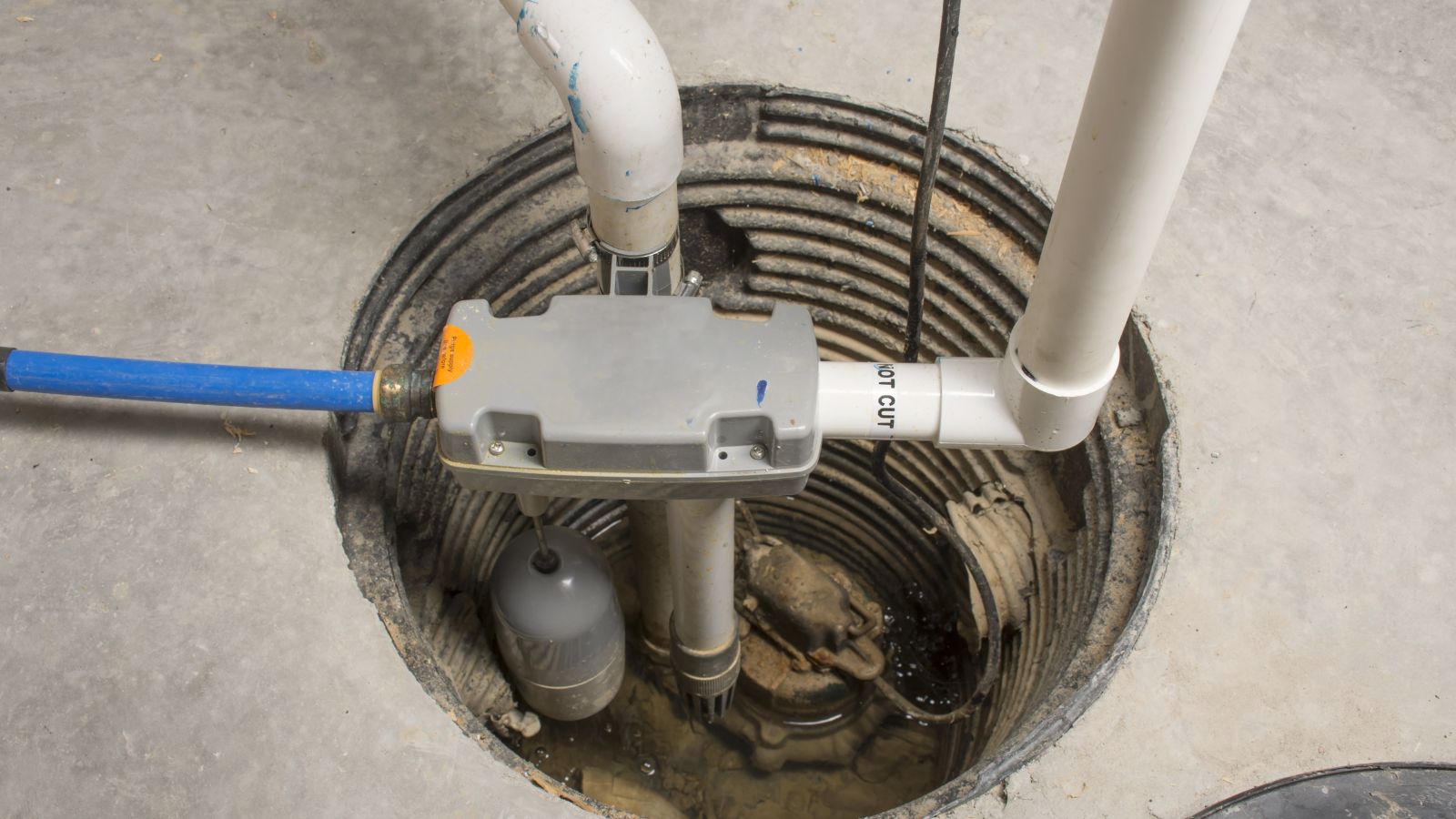
A steady power supply is vital for a sump pump’s reliability. To get consistency here and ensure that you don’t have to deal with pump failure or even potential flooding, dedicate a GFCI outlet to your pump. Also, ensure that this outlet is far away from the sump pump to prevent water damage, as East West Electric explains.
Vacuum Cleaners

Vacuum cleaners, especially when used in high settings, can be too much for the power strip. The inability of the strip to sustain a vacuum cleaner’s power draw leads to reduced suction power and possible motor strain. Sometimes, vacuum machines draw so much power that they damage the strip’s surge protector, if there is one.
Washing Machines

Washing machines use high power for their motors and heating elements during cycles. So, it’s no surprise why they’re on our list. Power strips may cause inconsistencies and lead to incomplete cycles or damage to the machine’s internal components. This is why a dedicated outlet is also prescribed for your washing machine to run smoothly.
Dryers
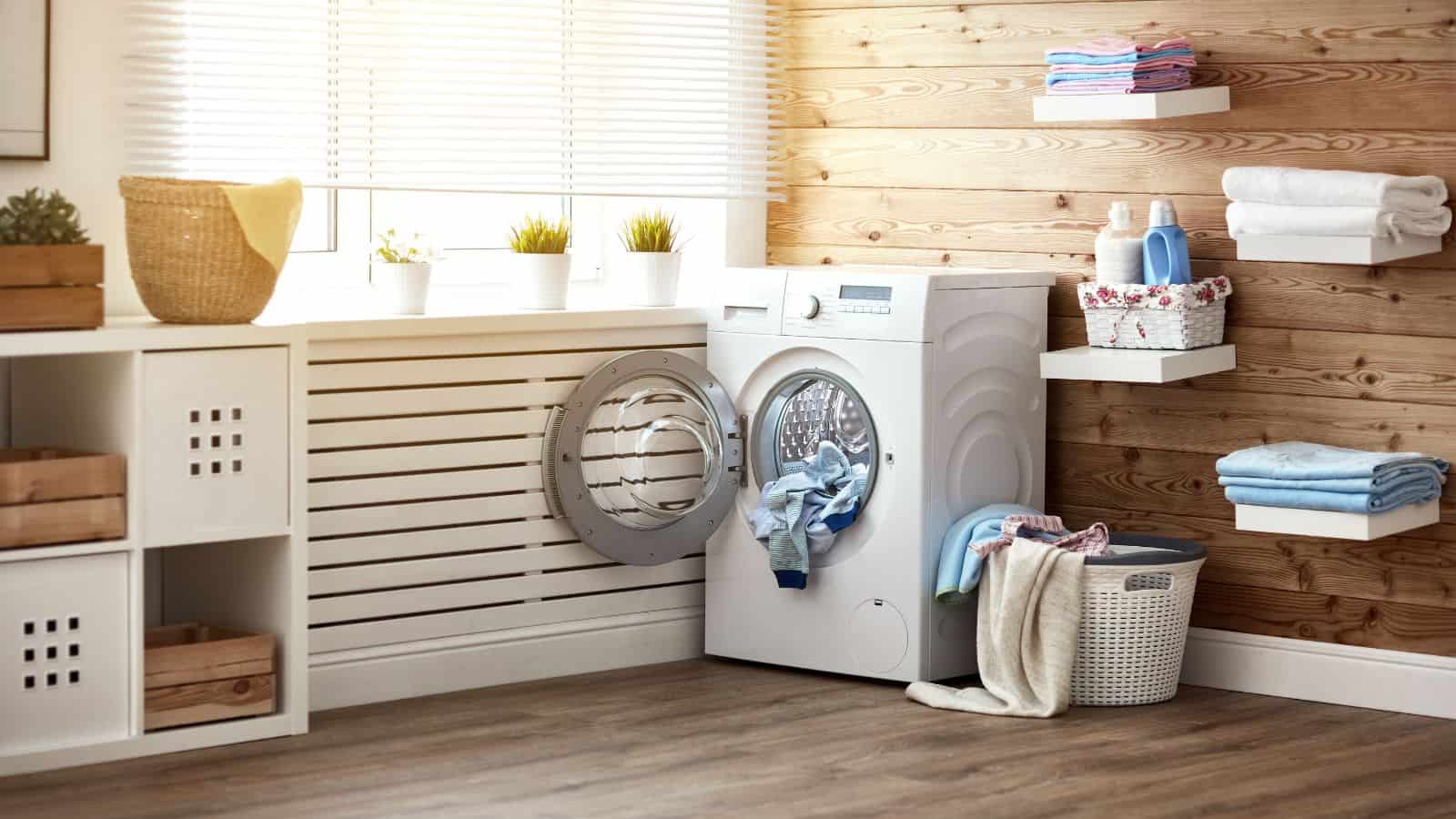
The heating and tumbling functions of dryers use up a lot of power—power that strips cannot consistently provide. Without this efficiency, you’ll eventually be stuck with longer drying times, which might also cause potential wear on the dryer’s motor, reducing its durability.
Dishwashers
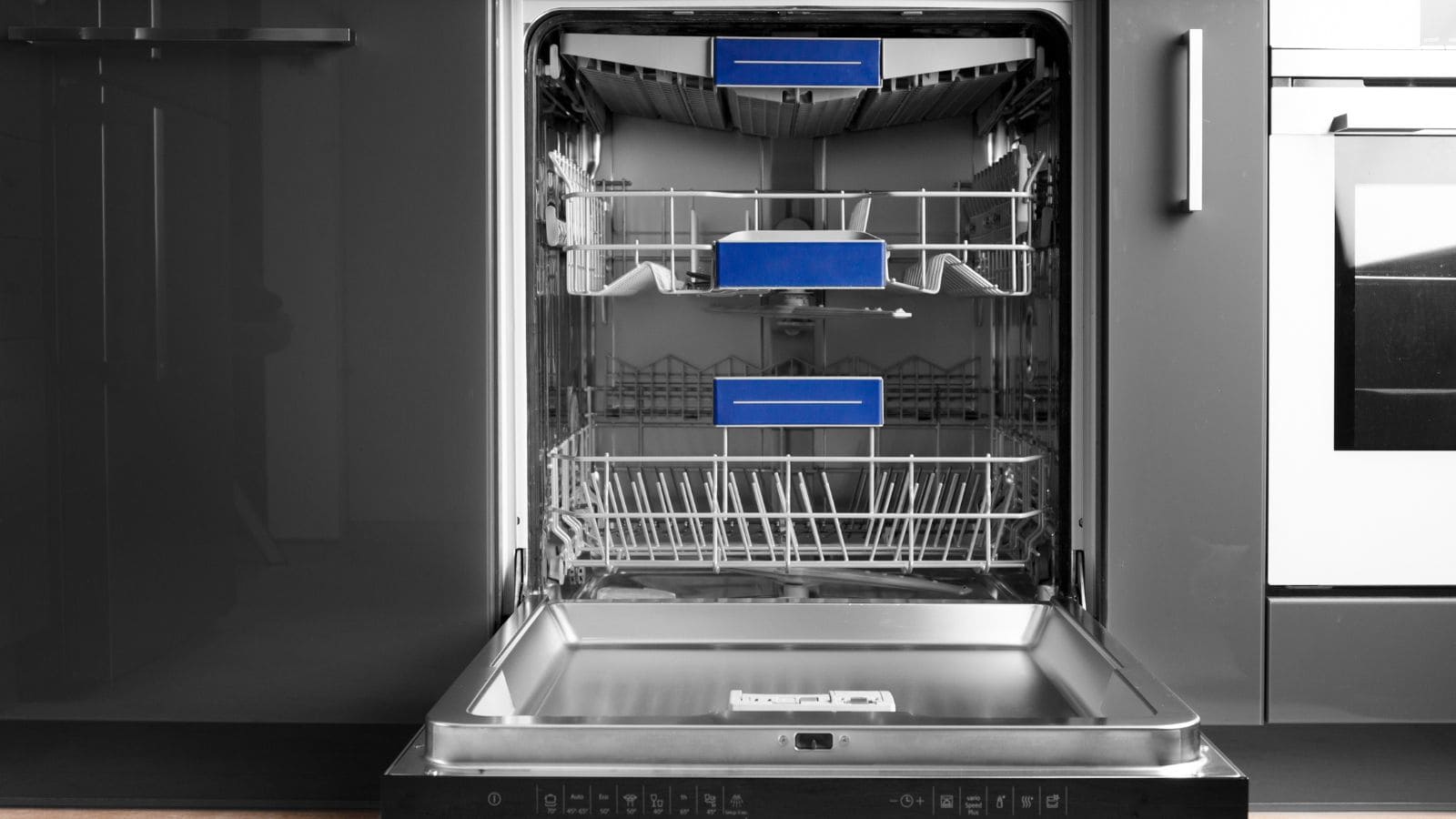
Dishwashers also depend on a steady, large supply of electricity for their pumps and heating elements to clean dishes effectively. A strip causes power surges or drops that damage the dishwasher’s electric components or affect its cleaning performance, at the very least.
Toasters

On the one hand, toasters require a significant amount of electricity. And on the other hand, they draw this high power in short, intense bursts. This can strain a power strip over time, causing overload and overheating and exposing you to potential fire risks.
Treadmills

With treadmills, it’s the same story as always. These appliances need consistent power for their motors to handle varying speeds and inclines. Using them with a power strip can lead to power drops, affecting the treadmill’s operation and your experience with it.
Electric Grills
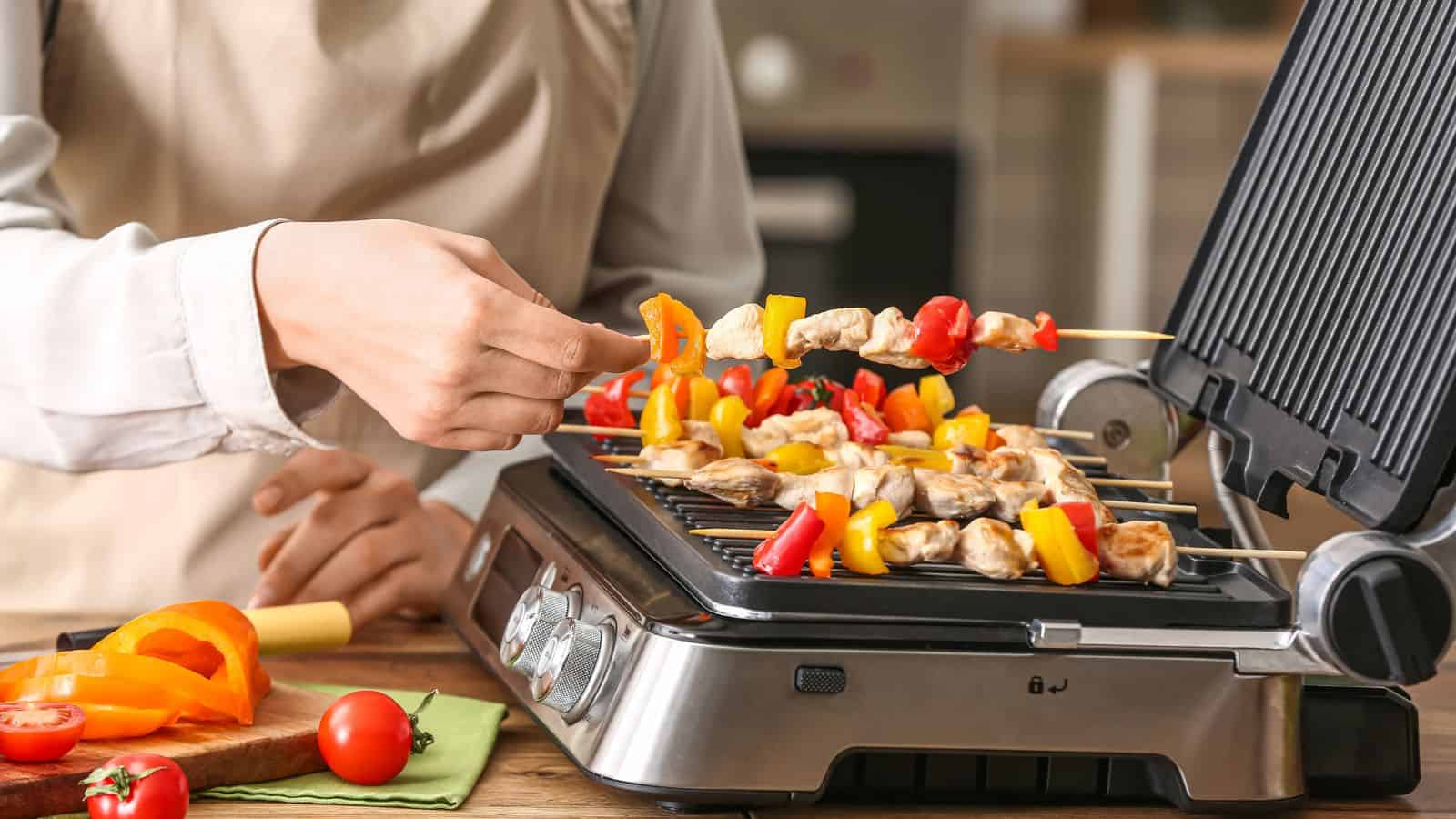
If you want your electric grills to heat up quickly and cook food evenly, you shouldn’t be plugging them into power strips either. The strip may fail to provide the needed power, and this results in slow cooking times and uneven heating. The hotter you want to cook, the worse it gets, as you can easily burn out your strip when it isn’t rated to provide up to 1,800 watts of power.
Electric Stoves

Stoves demand substantial power to heat food and are often used for extended cooking periods, which can strain a power strip. According to Realtor.com, connecting slow cookers like stoves to a power strip may cause overheating and pose fire hazards due to the high electrical load.
Irons

Irons also use a lot of power. When used with power strips, you not only fail to reach and maintain the desired temperatures for pressing clothes, but you also waste your time due to power inconsistencies. Fluctuating temperatures lead to longer ironing, sometimes without getting smooth and wrinkle-free results at the end.
Instant Pots
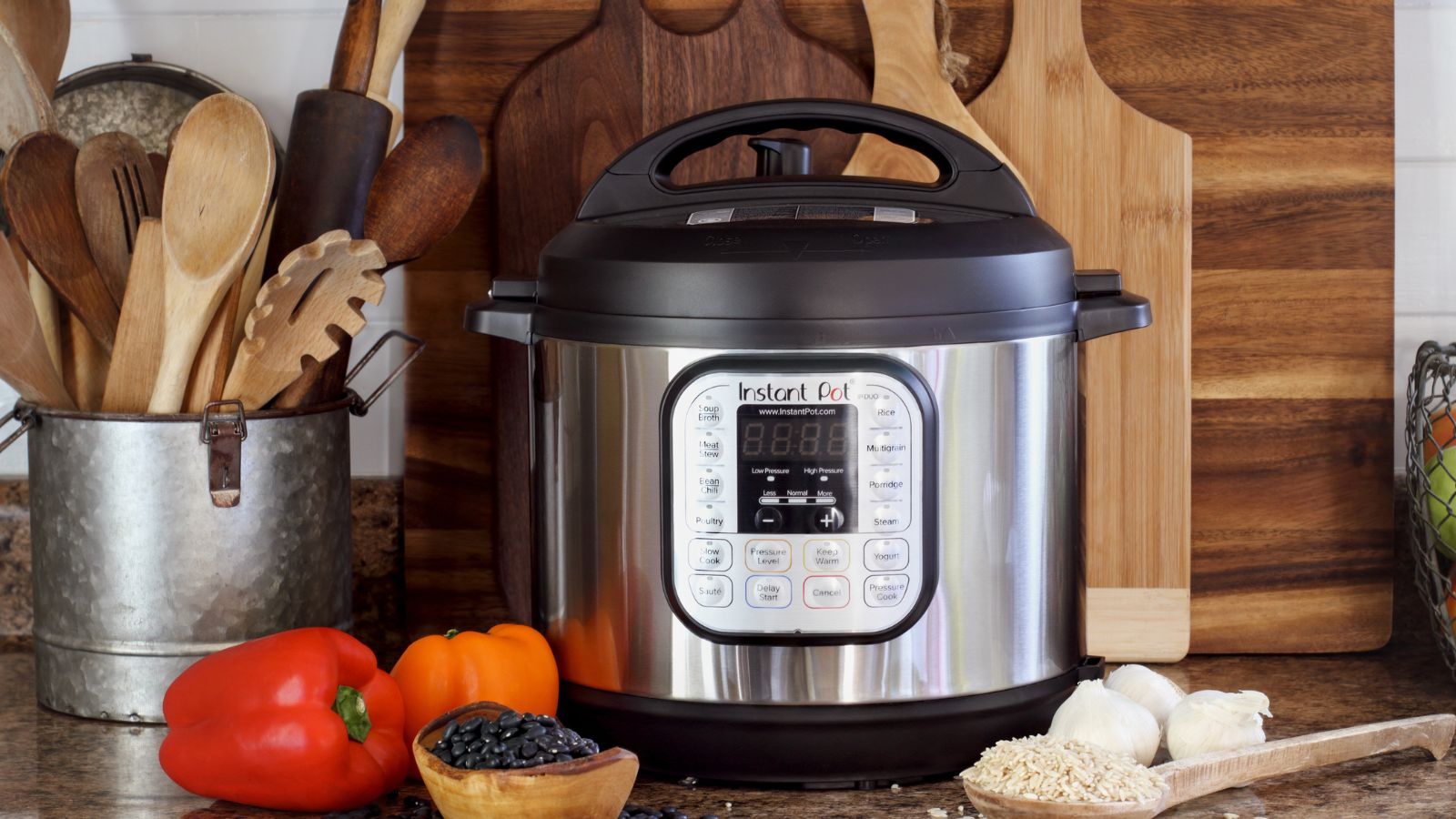
Instant pots and similar appliances have multiple cooking functions, and they need a steady power supply to switch between them. A power strip with many other devices cycling on and off will cause interruptions and eventual cases of malfunction or incomplete cooking.
Other Power Strips
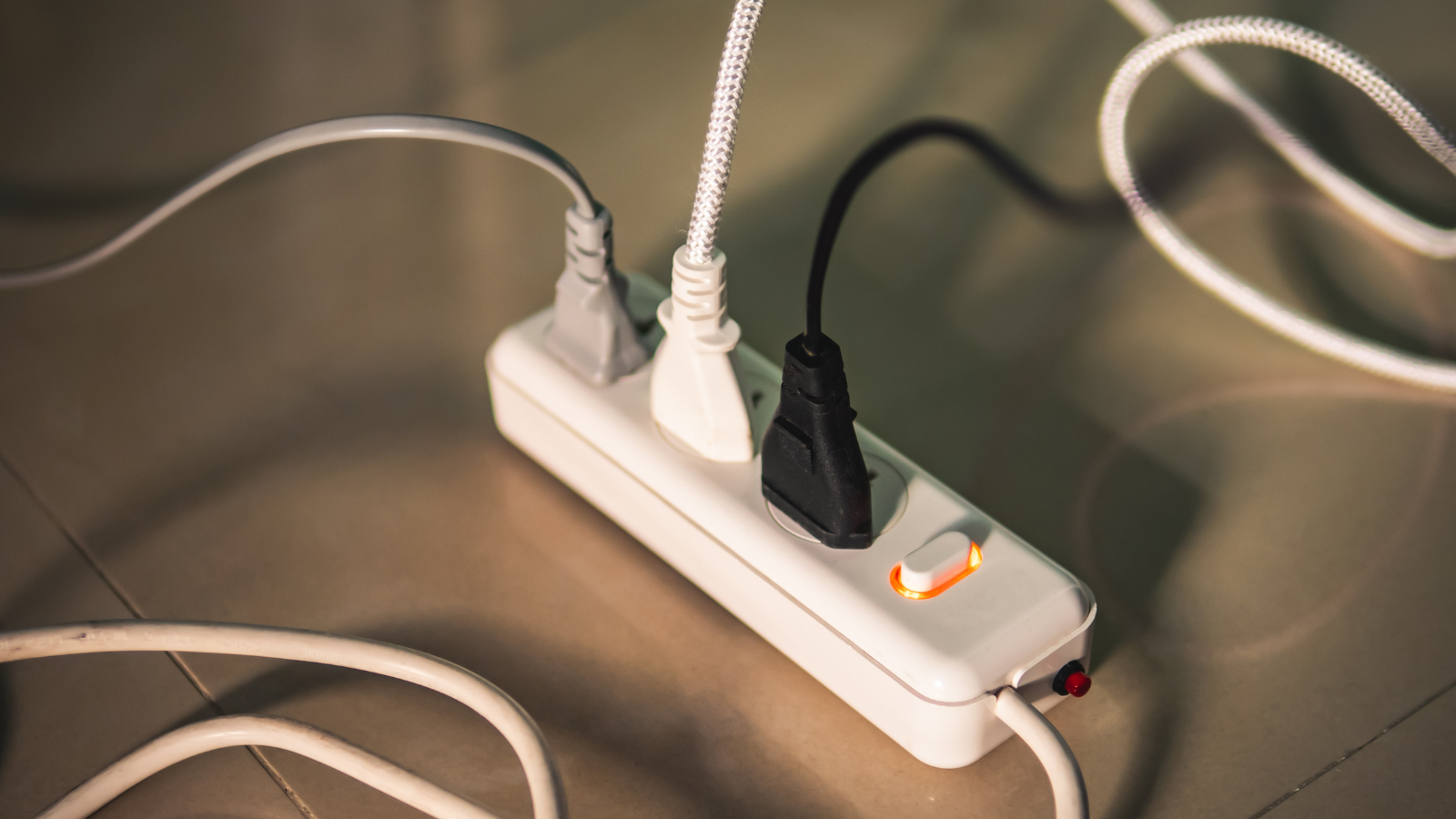
Lastly, we advise against plugging one power strip into another power strip. This is an act that’s fondly called “daisy chaining,” and despite how harmless it all sounds, OCWR explains that you’re only increasing resistance in the circuit and building up heat—posing a fire hazard.
Up Next: 18 Reasons Why Men Get Grumpier As They Age

You might read this and be able to relate, or you may feel you’ve become grumpier the older you’ve gotten. Or maybe you know of a male friend or relative who has. Here are 18 reasons why men get grumpier as they age.
18 Reasons Why Men Get Grumpier As They Age
17 Products Millennials Refuse to Buy and It’s Affecting the Economy

Millennials have been the center of so much media attention due to their spending habits. Their unique ways of spending have built up and crushed many traditional industries. In this article, we look at 17 things millennials stopped buying and how that has impacted society.
17 Products Millennials Refuse to Buy and It’s Affecting the Economy
Where Even Truck Drivers Won’t Stop

Truck drivers tend to be hardy souls—well-seasoned travelers who aren’t often afraid to rest up or refuel in risky locations. However, there are certain U.S. locations that even the most road-weary trucker refuses to stop at for fear of criminal activity or natural dangers. Here are 17 such locations that even experienced truck drivers approach with trepidation (or not at all).
